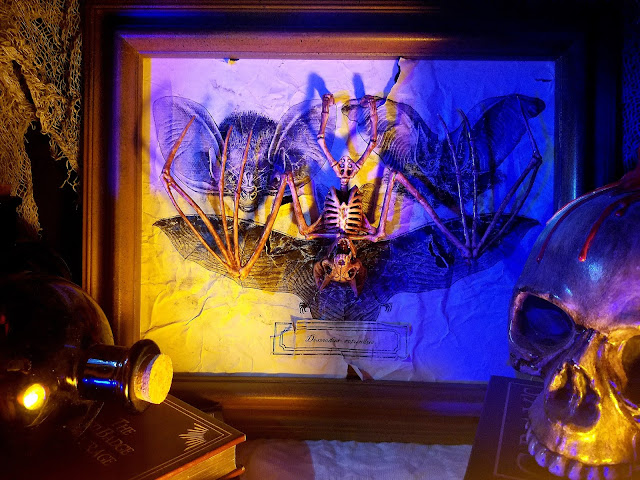Westward expansion in the United States during the nineteenth century, Philippe Ariès explains, brought a unique written element to death. Although penned personal accounts of death are not a new occurrence, this mass migration, coupled with rising literacy rates, birthed a trail of recorded reports that literally followed the western routes. As individuals and entire families left behind friends and relatives to venture into newer territories, they maintained a line of communication through letters which chronicled the lives and deaths of settlers and those that remained in the northern and southern states.[1] What resulted, Ariès claims, is an extensive written record of death unseen until this point in history. Yet, personal letters detailing the deaths of loved ones both at home in civilization and away in the unsettled regions were not the only material modes of death produced in the nineteenth-century United States. Consolation literature, from Agnes and the Key of Her Little Coffin (1837) and Stepping Heaven-ward (1869) to Our Children in Heaven (1870) and The Empty Crib (1873), emerged from clergymen and women who had lost a beloved somebody, often a child, and offered, in their exceedingly sentimentalized depictions of death, a consolation to the writer and the reader.[2] In addition to consolation literature, death also entered mass consumption through mourning pictures – embroideries, engravings, and paintings displayed in the home that presenting highly romanticized scenes of grief (a young woman, for instance, pressing a locket to her lips as she stares sorrowfully at the moon while she weeps) – and commemorative jewelry – brooches, necklaces, and pendants which began in the late sixteenth century as miniature tombs and skeletons and shifted in the nineteenth century to encasements for locks of the deceased’s hair.[3]
Works Referenced
Ariès, Philippe. The Hour of
Our Death: The Classic History of Western Attitudes Toward Death Over the Last
One Thousand Years. 1977. Trans. Helen Weaver. New York: Barnes and Noble
Books, 2000.
[1] Ariès, 446-450.
[2] Ariès, 450-454.
[3] Ariès, 451-462.




















